Globalization:
The World Without Borders 🌎✨
Globalization is the process of integration and connection between countries, people and companies around the world. Thanks to it, economies, cultures and politics are intertwined, making us live in a “global village” where distances are shortened and barriers disappear. 🌐
Today, we can buy products from Asia, watch series from Europe or work with colleagues from other continents, all thanks to globalization!
But how did all this start and what are its effects? Let’s find out. 📖
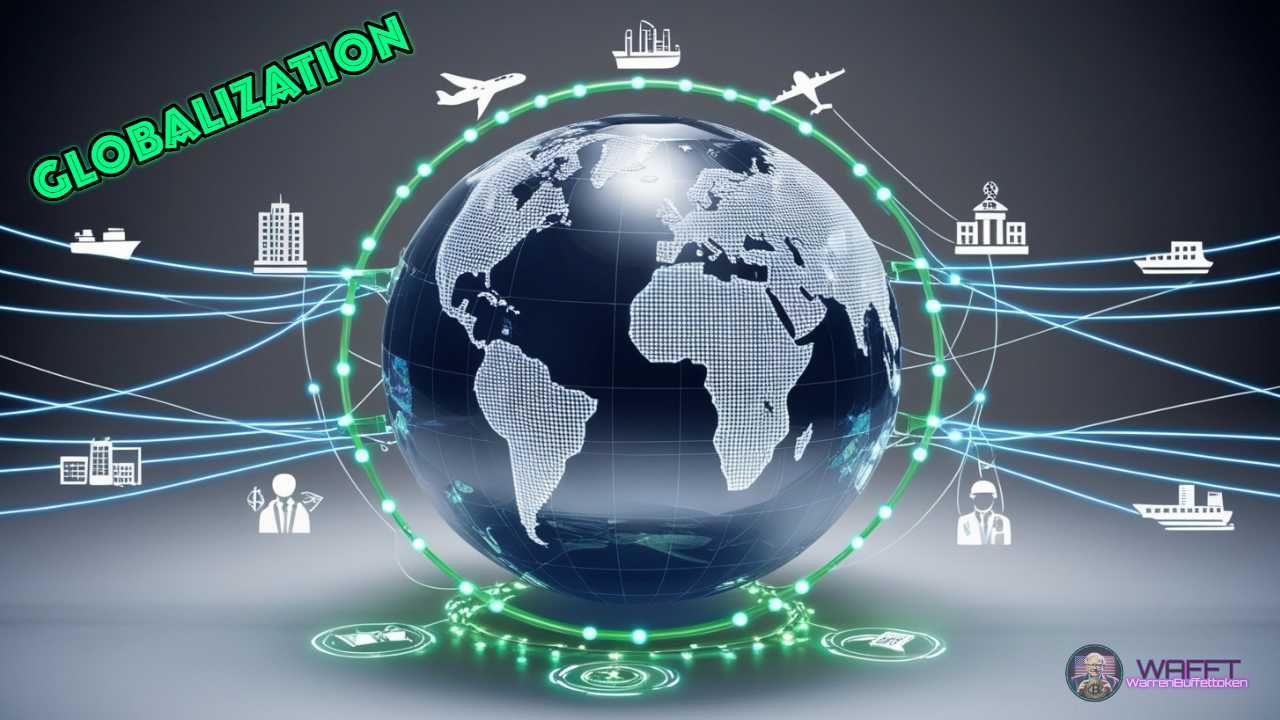
How did globalization come about? ⏳📜
Globalization is not as recent as we might think. The idea of connecting different cultures and countries has its roots in ancient trade routes, such as the Silk Road (300 BC), which linked China to Europe, or the maritime expeditions of the Age of Discovery in the 15th and 16th centuries. ⛵
Over time, technology drove more connections. In the 19th century, the telegraph, trains, and steamships facilitated communications and the transport of goods over long distances. But it was in the 20th century, especially after World War II 🌍⚔️, that countries began to work together to rebuild the global economy. Thus, institutions such as the International Monetary Fund (IMF) and the World Bank were born to facilitate trade and help countries cooperate.
However, modern globalization really took off in the 1990s 📈, thanks to digital technology.The Internet and advances in telecommunications have allowed us today to have information and access to virtually anywhere in the world within seconds.
Factors Driving Globalization 🚀
Globalization is a phenomenon that has revolutionized our lives, creating a more interconnected world and changing the way we relate, work, and consume. But what factors are behind this process?
Here I explain the main drivers of globalization, from technology to migration. 🚀🌎
1. Technology 💻📱
Technology is the fundamental pillar of modern globalization. Thanks to technological advances, communication, transportation, and the exchange of information are faster and more efficient than ever.
Some of the main advances driving globalization include:
- Internet 🌐: The world wide web has changed the way we access information and connect with people and companies anywhere in the world. Through the Internet, we can make video calls, send emails, access social networks, and make international purchases in a matter of seconds.
- Social media 📲: Platforms like Facebook, Instagram, and TikTok have allowed ideas, trends, and products to spread rapidly, reaching millions of people around the world.
- High-speed aircraft and efficient maritime transport ✈️🚢: Modern aircraft and cargo ships make it possible to transport goods and people over long distances in a short time, facilitating tourism, trade, and migration.
- Artificial Intelligence and Big Data 🤖📊: AI tools and analysis of large volumes of data help companies make decisions about where to expand, what products to offer, and how to customize their services for different markets.
These advances have reduced geographical and cultural barriers, creating a global village where borders are increasingly less visible.
2. Economy and International Trade 💼🌐
International trade and the global economy are interrelated with globalization, as they allow goods, services, and capital to move freely between countries.
Economic factors driving globalization include:
- Free Trade Agreements (FTA) 🛃: Agreements such as the North American Free Trade Agreement (NAFTA) or the European Union have eliminated tariff barriers, making it easier to exchange goods and services. Thanks to these agreements, companies can produce in places where costs are lower and sell in countries where there is demand.
- Foreign Investments 💸: Companies and governments invest in other countries to take advantage of natural resources, growing markets, and specialized labor. This helps expand markets and create jobs, generating an interdependent global economy.
- Deregulation and Privatization 📉: In many countries, regulations and controls on trade and investment have been reduced. This has allowed multinational companies to operate and grow more easily in different places, fostering the expansion of global markets.
These economic factors have given rise to a world where products and services can come from anywhere, and where trade is an intricate network that connects economies around the world.
3. Multinational Companies 🏢🌎
Multinational companies are one of the most important players in globalization, as they bring their products and operations to multiple countries.
Some of the most recognized companies, such as Apple, Coca-Cola, Toyota, and Google, operate on almost every continent, adapting their products and strategies to each market.
These companies drive globalization in several ways:
- Production in different countries 🏭: Multinationals set up factories and plants in places where labor and production costs are lower, allowing them to reduce costs and sell at competitive prices.
- Expansion of corporate culture 🎯: Multinationals also export their culture and business practices, contributing to the creation of a “global culture” where consumers in different countries have access to similar products and adopt common consumer trends.
- Access to new markets 🛒: By expanding globally, multinationals can reach millions of new consumers. Not only does this help them increase their revenues, but it also allows consumers to access international products and services, which enrich the local offering.
The influence of multinationals goes beyond the economic, as they also impact culture and lifestyle, bringing global products and values to every corner of the world.
4. Migration 👨👩👦✈️
Migration is another key factor in globalization. The ability for people to move freely across borders in search of better economic, educational and quality of life opportunities has been essential in this process.
Migration drives globalization in a number of ways:
- Transfer of knowledge and skills 📚: People migrate for education and job opportunities, taking their knowledge and skills to other countries. This contributes to economic growth and innovation in host nations.
- Cultural diversity 🎭: Migrants bring with them their cultures, traditions and customs, enriching local society. This leads to a fusion of cultures and fosters tolerance and understanding between different cultures.
- Economic remittances 💸: Migrants send money back to their home countries, which benefits local economies and strengthens economic ties between countries.
Today, there are more international migrants than at any other time in history, and their presence has transformed the economies and societies of destination countries, while keeping ties with their home nations alive.
5. Global Culture and Media 📺🎶
The media plays a crucial role in globalization by spreading cultures, values, and trends from one country to another. From Hollywood cinema to Korean pop music (K–pop) to European football, the media has turned culture into a global force.
This is made possible by:
- Film, music, and television 🎬🎶: Productions from Hollywood, Netflix, and other entertainment industries influence the cultural perceptions and tastes of millions of people around the world.
- International sports ⚽🏀: Sports are a way to bring people together, and events like the World Cup or the Olympics bring together millions of spectators from all over.
- Global Fashions and Trends 👗🌍: Fashion and consumer trends are also spread through the media, creating a global consumer culture where people from different countries adopt similar styles.
Thanks to the media, today we share many more commonalities with people from other cultures, which facilitates the creation of a global identity.
6. International Policies and Global Organizations 🏛️🌐
Finally, international politics and global organizations such as the UN, WTO, IMF, and WHO have promoted cooperation between countries, strengthening globalization.
These organizations help solve common problems and establish international agreements that facilitate trade and peace:
Trade Agreements 📄: These treaties establish rules for international trade, eliminating barriers and allowing a freer flow of goods and services.
Cooperation organizations 🏢: Organizations such as the International Monetary Fund (IMF) and the World Bank promote economic stability and help countries in crisis, which favors global economic integration.
Environmental and health policies 🌱💉: Global problems such as climate change and pandemics require global solutions. Cooperation on environmental and health issues strengthens interdependence and collaboration between nations.
These international agreements and organizations are key to maintaining the flow of trade and global cooperation in different areas.
Conclusion
Globalization has been driven by multiple factors, each of which has contributed to creating a more interconnected and complex world. From technology and multinationals to migration and the media, each element has played a crucial role in building a global society. With all these factors at play, globalization is likely to continue to evolve, facing new challenges and opportunities in the years to come. 🌎🚀

Advantages of Globalization ✅✨
1. Access to Products and Services from Around the World 🌍🍔👗
Today, you can eat sushi in Paris, use a phone made in Korea, and drive a German car in Argentina. Globalization gives us access to quality products from different places around the world.
2. Innovation and Advanced Technology 💡🤖
Thanks to international cooperation and competition, technology advances at an impressive pace. Countries and companies compete to develop new products and services, benefiting consumers.
3. Economic Growth 📈💵
Globalization drives the global economy, creating jobs and increasing trade between nations. This allows emerging countries to develop more quickly and reduces poverty worldwide.
4. Shared Culture and Knowledge 🌎🎨📚
Globalization allows for cultural exchange. Nowadays, you can watch a Korean movie in the United States or learn to cook Indian food in Brazil. This cultural exchange allows us to learn about and appreciate other ways of life.
Disadvantages of Globalization ❌💢
1. Economic Inequality 💰⚖️
Although globalization brings prosperity, the benefits are not distributed equally. Multinational companies can move their factories to countries with lower wages, which sometimes means lower-paying jobs and difficult working conditions.
2. Environmental Impact 🌱🚛
Transporting goods from one continent to another produces greenhouse gas emissions. In addition, the search for resources in developing countries often leads to exploitation and destruction of the environment.
3. Loss of Local Culture 🎭👕
With the arrival of products and media from other countries, some local cultures can be threatened. Globalization sometimes homogenizes the world, making places look more and more alike.
4. Economic Dependence 💼🤝
Interconnectedness also creates dependency. If a country produces only one type of good or service and relies on others for the rest, it can become vulnerable to international changes or crises, as we saw during the COVID-19 pandemic.
Key Figures in Globalization 🌐👨⚖️
- Adam Smith 🧠📜: In the 18th century, this Scottish economist promoted free trade and the division of labor, laying the theoretical foundations for globalization.
- David Ricardo 📖: English economist who developed the theory of comparative advantage, arguing that countries should specialize in what they do best and trade with others.
- Bill Gates 💻: As founder of Microsoft, he helped revolutionize the computer industry, facilitating global access to technology.
- Jack Ma 🛒: Founder of Alibaba, one of the largest e-commerce platforms in the world, enabling global trade from China to every corner of the planet.
- Nelson Mandela 🤝: By leading the fight against apartheid in South Africa, he also inspired global movements for justice and human rights, reminding us that globalization is not just economic, but also social and political.
Impact of Globalization on Different Regions of the World 🌍
- Asia 🏯: Countries such as China, India, and Vietnam have grown enormously thanks to the production and export of low-cost products. China, in particular, has become a global power.
- Europe 🇪🇺: With the European Union, European countries have worked together to create an interconnected region, sharing a single currency (the euro) and eliminating many trade barriers.
- Latin America 🌞: The region has experienced benefits and challenges. Trade has increased, but inequality and economic dependence on other regions remains a problem.
- Africa 🌍: In Africa, globalization has brought foreign investment, but also exploitation of natural resources. The African economy is growing, but the region faces challenges such as poverty and dependence on the export of raw materials.
Globalization in the Digital Age 📲🌐
With technology, globalization has reached a new phase. The digital economy has revolutionized the way we work, shop, and communicate. Today, digital services and remote work allow people and companies to collaborate regardless of distance. It’s like having the world at the click of a button!
Examples such as e-commerce and streaming services show us how borders become irrelevant in the digital world. In addition, cryptocurrencies such as Bitcoin offer the possibility of making global economic transactions without depending on traditional banking systems. 🔗💰
What is the Future of Globalization? 🔮🌍
Globalization has profoundly transformed the world in recent years, but where is it going now? 🔮
Current trends, geopolitical shifts, growing environmental awareness, and demands for social justice are shaping what the future of globalization could look like.
Here we will explore some of the possible scenarios for future globalization, from sustainability to the rise of new economic powers and the potential fragmentation of global trade. 🧩
1. Sustainable Globalization 🌱💚
Pressure for global practices to be more sustainable has grown significantly, and many experts believe that future globalization must be balanced with environmental protection and respect for human rights.
- Sustainability in trade 🛒: Companies and governments are increasingly committed to reducing their environmental impact. This includes using clean energy, reducing carbon emissions in the transportation of goods, and local production to reduce the ecological footprint. Large companies and supply chains are adapting their processes to meet stricter environmental standards and meet the demands of conscious consumers.

- Circular economy 🔄: The circular economy seeks to eliminate the concept of «waste«, ensuring that products are recycled, reused or turned into something new. This drives a globalization in which natural resources are used more responsibly, and local production becomes more relevant instead of relying so much on long supply chains.
- International environmental agreements 📝: Cooperation between countries is crucial to face global challenges such as climate change. Through agreements such as the Paris Agreement, countries seek to reduce greenhouse gas emissions and promote sustainable practices that, in the long run, redefine how global economies operate.
2. Slowdown and Regionalization 🌍🧩
Since the COVID–19 pandemic, we have seen a shift in focus towards more regional globalization. This has been driven in part by disruptions in global supply chains, rising transportation costs, and over-reliance on certain regions for essential goods.
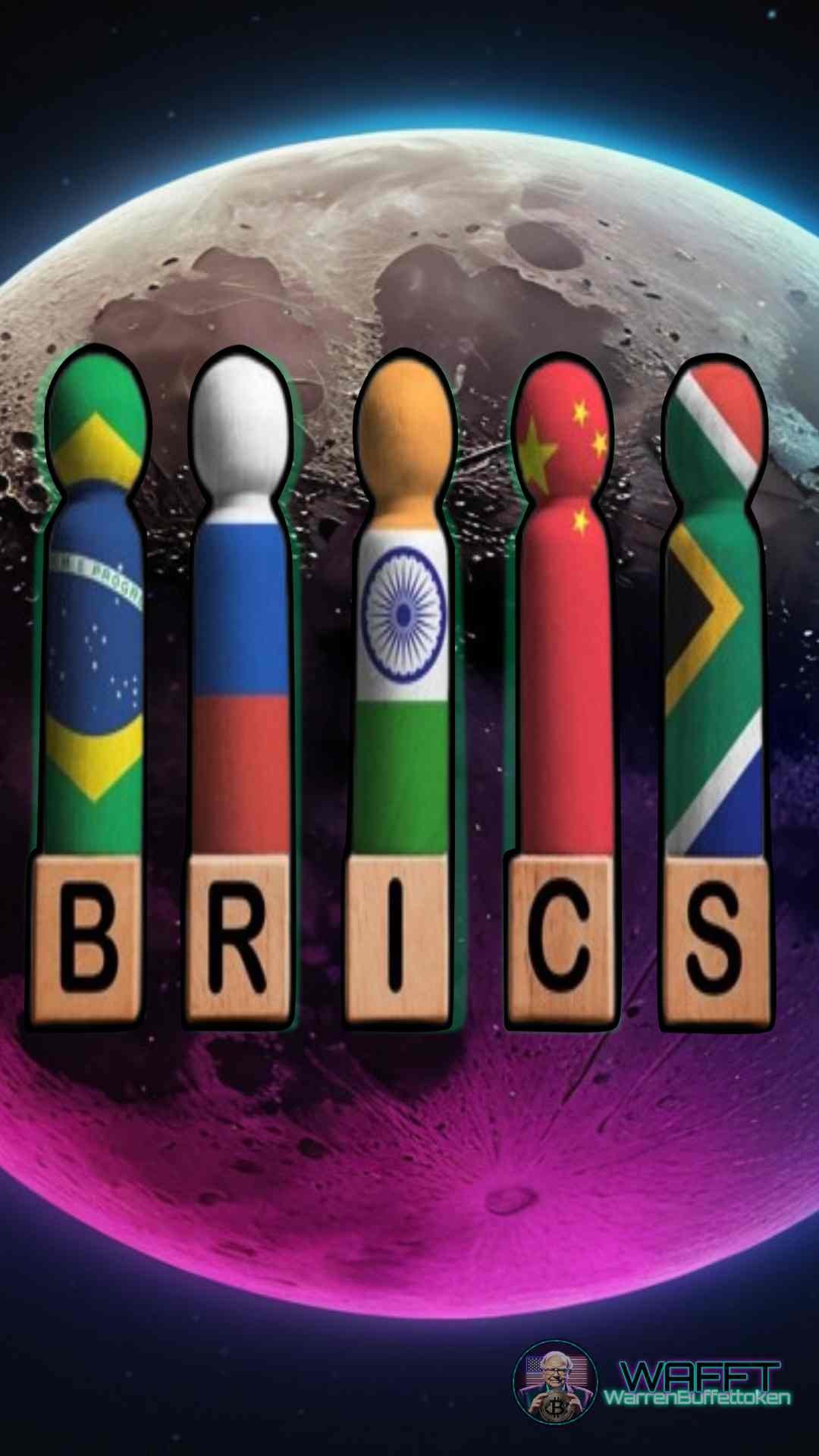
- Regional and local production 🏭: Many countries are considering locally producing some goods to reduce dependence on external suppliers, especially in strategic sectors such as technology, energy, and medicines. This could mean “regionalized” globalization, where each continent or economic zone is less dependent on others.
- BRICS and other regional alliances 🏦: Emerging countries, especially the BRICS group (Brazil, Russia, India, China, and South Africa), are gaining weight in the world economy. This group seeks to strengthen trade and cooperation among them, and have even launched initiatives such as the New Development Bank (NBD), an alternative to the World Bank and the IMF. With these countries expanding their influence, globalization could become multipolar, with different centers of economic and commercial power around the world.
- Technological fragmentation 📲: The growing tension between major technological powers like the US and China has led to both developing their own technological systems and standards. This includes everything from telecommunications networks (such as 5G) to social media and payment systems. In the future, we could see a digital divide between regions that use different technologies, affecting the fluidity of technological globalization.
3. Digital Globalization 🌐💻
The advancement of digital technology could redefine globalization, allowing for globalization without physical borders. With the Internet and digitalization, access to global markets is easier than ever.
- Teleworking and remote work 👩💻🧑💻: The pandemic accelerated the adoption of teleworking, and many companies now hire employees from different countries. This allows people to work for international companies without moving, creating a new globalized economy of work.
- E-commerce and global platforms 🛍️: E-commerce has revolutionized globalization by allowing companies to reach customers around the world. Platforms like Amazon, Alibaba, and MercadoLibre have facilitated international sales, while digital payment services like PayPal and Stripe allow secure transactions between users in different countries.
- Education and distance learning 📚: Online learning platforms allow anyone to access courses and education from renowned institutions anywhere in the world. This democratizes access to education and contributes to a globalization of knowledge.
4. New Dynamics of Economic Power 🔄🌏
The shift of economic power to Asia and other emerging markets is reshaping the structure of globalization. For decades, the United States and Europe led the global economy, but the situation is changing.
- Asia-Pacific Growth 🌅: Countries like China and India have emerged as economic superpowers and continue to grow rapidly. China, with its «Belt and Road Initiative» (BRI), is funding infrastructure in dozens of countries, creating a huge economic bloc linking Asia, Africa, and Europe. This program has allowed China to become a key hub in globalization.
- Expanding BRICS Influence 🌐: In addition to being a relevant economic bloc, the BRICS seek to develop a financial system independent of Western powers. This includes the creation of its own digital currency, which some speculate could compete with the dollar in international trade.
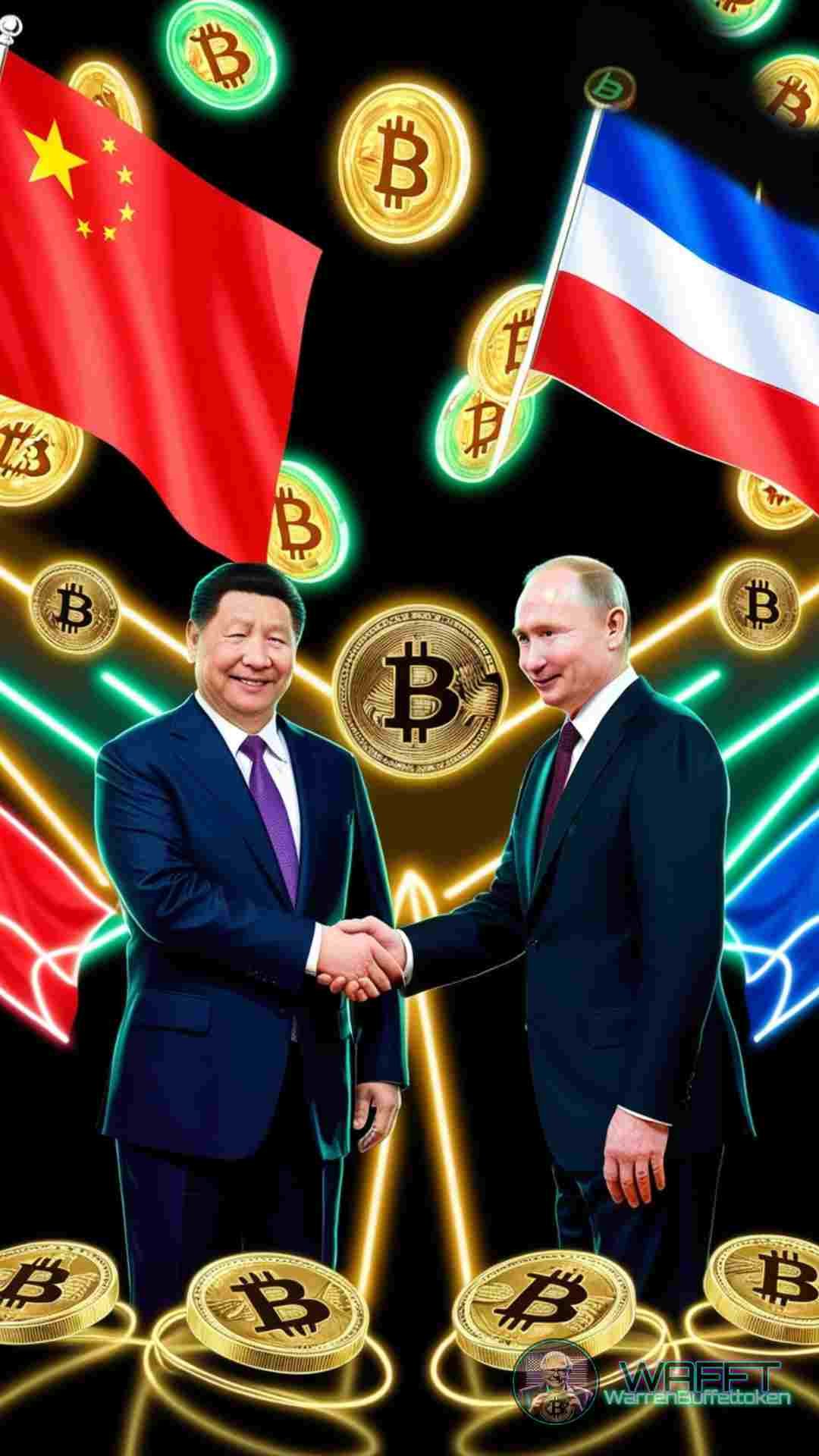
- Rise of Cryptocurrencies 💸: Cryptocurrencies, such as Bitcoin and Ethereum, have paved the way for a borderless financial system, allowing for decentralized international transactions. This could lead to a different kind of financial globalization, where payments and trade no longer rely on traditional banking systems or national currencies.
5. Rise of Economic Nationalism 🇺🇸🇨🇳
As some countries face domestic economic challenges, the idea of becoming less dependent on others has gained popularity. This economic nationalism has the potential to slow down or reverse certain aspects of globalization.
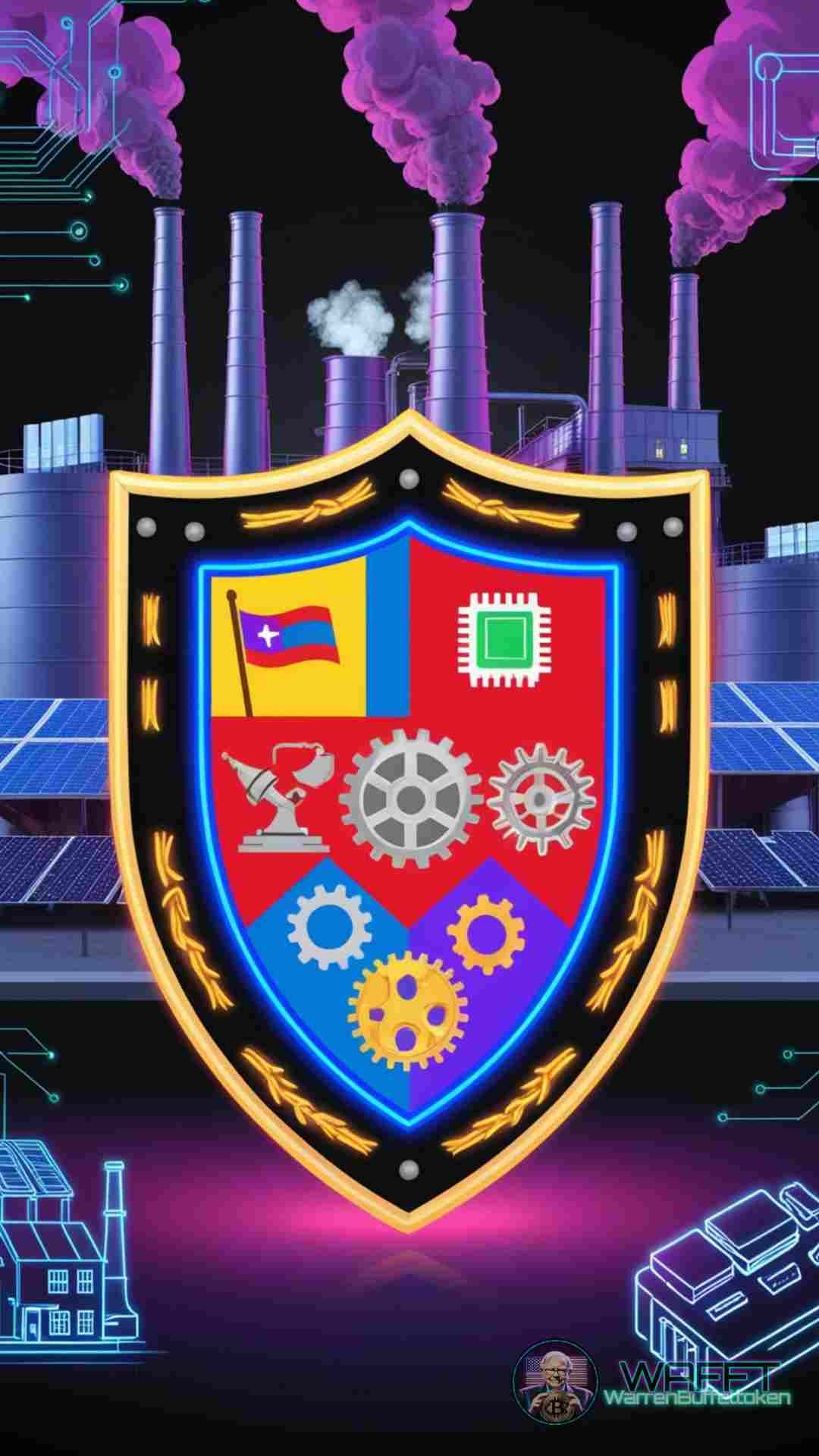
- Protectionist Policies 🛡️: Economic nationalism often leads to protectionist policies, such as tariffs and trade barriers. For example, the U.S. has taken steps to bring back production of certain products, such as semiconductors, while other countries also implement measures to protect strategic local industries.
- Autonomy in technology and energy 🔋: Some countries are investing in homegrown technologies and renewable energy to reduce their dependence on foreign products. This could lead to a more fragmented globalization, where countries prioritize their independence rather than participating in an open global market.
6. Social Justice and Human Rights ✊🌍
Pressure for globalization to respect human rights and promote social justice is growing. (Or so we are told) In the future, international business practices are likely to become more ethical and fair, driven by activism and consumer expectations.
- Fair labor and working conditions 👷♀️: Consumers are demanding that companies maintain fair labor practices and do not exploit workers, especially in developing countries. This has led to global companies establishing codes of conduct for their suppliers and monitoring their compliance.
- Inclusion and diversity 🧑🤝🧑: Future globalization could focus on greater inclusion of traditionally marginalized groups, such as women and minorities, and on promoting equal economic opportunities around the world.
- Companies with a social purpose 🌍💼: More and more companies operate under principles of corporate social responsibility, seeking not only to generate profits, but also to contribute to society and the environment. This creates a globalization that is not only focused on economic growth, but on social well-being.
Where is Globalization Headed? 🚀🔍
The future of globalization seems to lean towards a hybrid model that mixes elements of sustainability, regionalization and digitalization. Although we face significant challenges, from climate change to political fragmentation, globalization will continue to evolve and adapt. Changes in the economy, technology and global politics will continue to impact our lives and define how we connect with each other.
And what about deglobalization?✂️🌎
Globalization faces an era of complex challenges that could alter its course and slow its expansion. Recent conflicts, such as the war in Ukraine and the conflict between Israel and Hamas, as well as the end of the petrodollar agreement, are generating deglobalization in certain key aspects. These events not only affect international relations, but are also promoting some countries to seek greater autonomy, which could slow the advance of globalization or even reverse it in some sectors.
1. Current Conflicts and Deglobalization 🕊️⚔️
Current conflicts have put supply chains, international cooperation, and economic stability to the test. These tensions not only have immediate effects, but also push some countries to reconsider their degree of dependence on foreign economies.
- The war in Ukraine 🇺🇦: This conflict has directly affected global trade in energy and food. As Ukraine and Russia are major producers of wheat, fertilizers, and energy, the war has led to price increases and supply problems. The war has also deepened political divisions between the West and Russia, accelerating a “deglobalization” in the technological, military, and economic spheres. Europe, for example, has sought to reduce its energy dependence on Russia, and is establishing closer trade relations with other suppliers.
- Conflict in Israel and Gaza 🇮🇱🇵🇸: Although this conflict has a more localized impact, it has generated tensions that affect political and economic stability in the Middle East, a key region in oil and gas production. If the conflict escalates or spreads, it could further affect the security of energy supplies, especially to Europe and Asia, leading countries to diversify their sources and reduce dependence on conflict regions.
2. The End of the Petrodollar Agreement 💵⛽
The petrodollar agreement, in which oil-producing countries agreed to sell their crude exclusively in US dollars, has been fundamental to the global economy since the 1970s. However, the growing energy independence of some countries and the increase in oil trade in other currencies have begun to undermine this system.
- The challenge of the dollar as a reserve currency 🏦: Countries such as China and Russia are promoting trade agreements in their own currencies to avoid using the dollar, a trend that seeks to reduce the influence of the US in global markets. China, for example, has signed agreements with several countries to buy oil in yuan, and Russia sells energy to allied countries in rubles or yuan.
- Alternative alliances 🌍: Organizations such as the BRICS are moving forward in the creation of a parallel financial system, which includes the development of their own digital currencies to facilitate trade without depending on the dollar. This could lead to a reconfiguration of economic power centres and reduce dependence on the dollar–dominated international financial system.
3. Economic Nationalism and Increased Economic Autonomy 🛡️🇺🇸
Conflicts and economic changes are driving many countries to adopt more protectionist policies and seek greater autonomy. This economic nationalism has a direct impact on globalization and the way countries relate to each other.
- Energy and technological sovereignty 🔋📱: The war in Ukraine and tensions with China have led many countries to reduce their dependence on external suppliers in strategic sectors such as energy, semiconductors, and communications technology. The United States, Europe, and other countries are implementing policies to ensure domestic production of key components and reduce their vulnerability to global disruptions.
- Local production and supply chains 🏭: To mitigate the risks of depending on a single supplier or region, companies are adopting «nearshoring,» or moving production closer to nearby markets. This not only improves the resilience of supply chains, but also reduces transportation costs and exposure to geopolitical risks.
4. Digital and Technological Fragmentation 🌐📲
Digital fragmentation is another effect of geopolitical tensions and can slow down global technological integration. Major powers are developing their own technology and data systems, which could fragment digital globalization and divide the world into two or more technological blocks.
- 5G Networks and Technological Competition 🚀: Competition between the United States and China for dominance of 5G and other technologies has led each country to create its own standards and prohibit the use of equipment from rival companies. This could divide the technological infrastructure into different incompatible systems, hindering collaboration and global interoperability.
- Restrictions on Social Media and Data 🔐: Regulation of data and social media is also taking a regionalized direction.
Europe, for example, has implemented strict data protection laws, while the United States and China have their own regulations. This creates separate data ecosystems, limiting digital globalization and information flow.
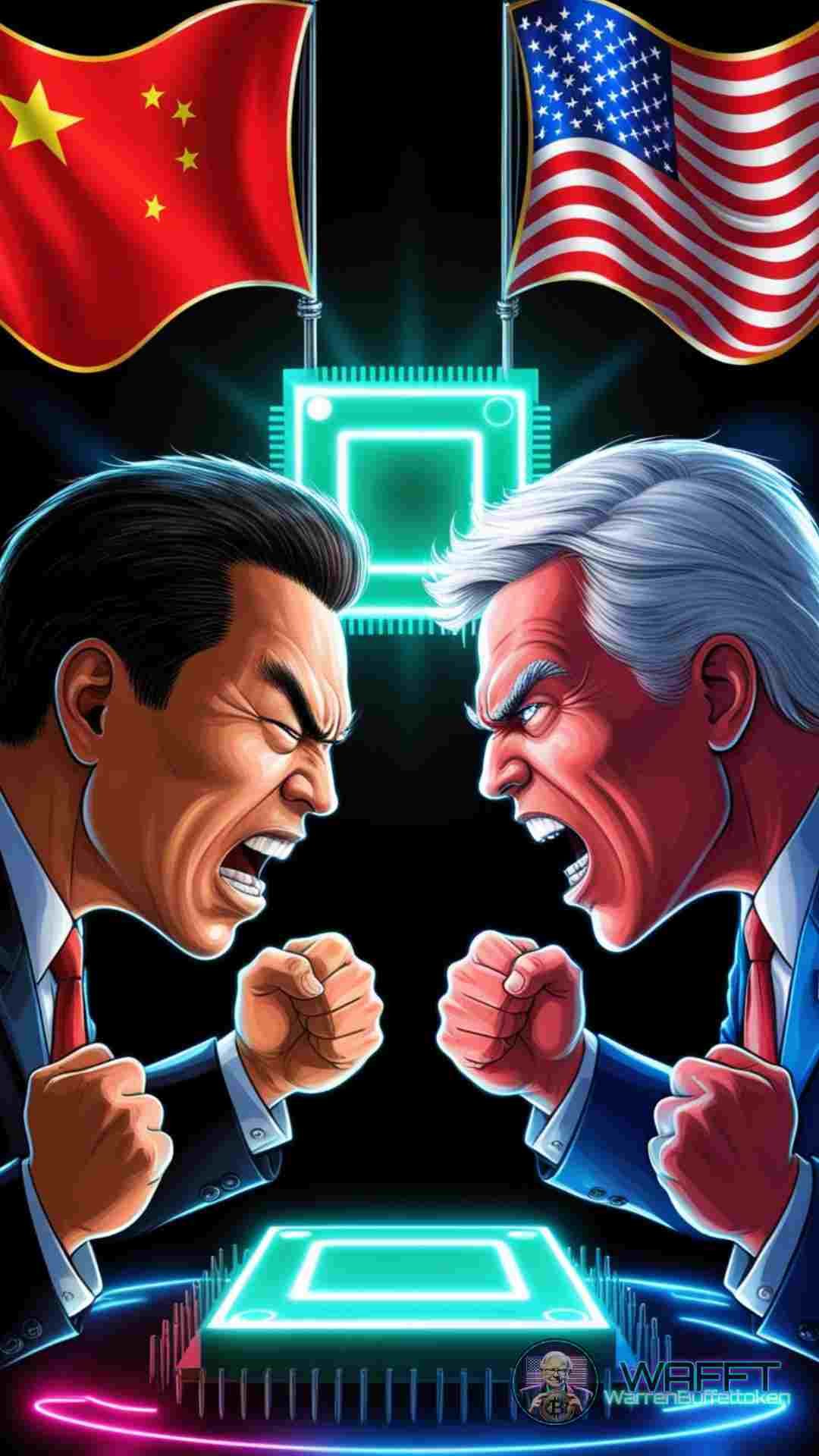
What Does This Mean for the Future of Globalization? 🌐🔮
Globalization will not disappear, but it could transform into a more segmented model, with each economic and political bloc maintaining its own infrastructure, regulation, and trade rules. Regional alliances and agreements between countries with similar goals will become increasingly relevant, while full global integration could be limited by political tensions and the search for economic security.
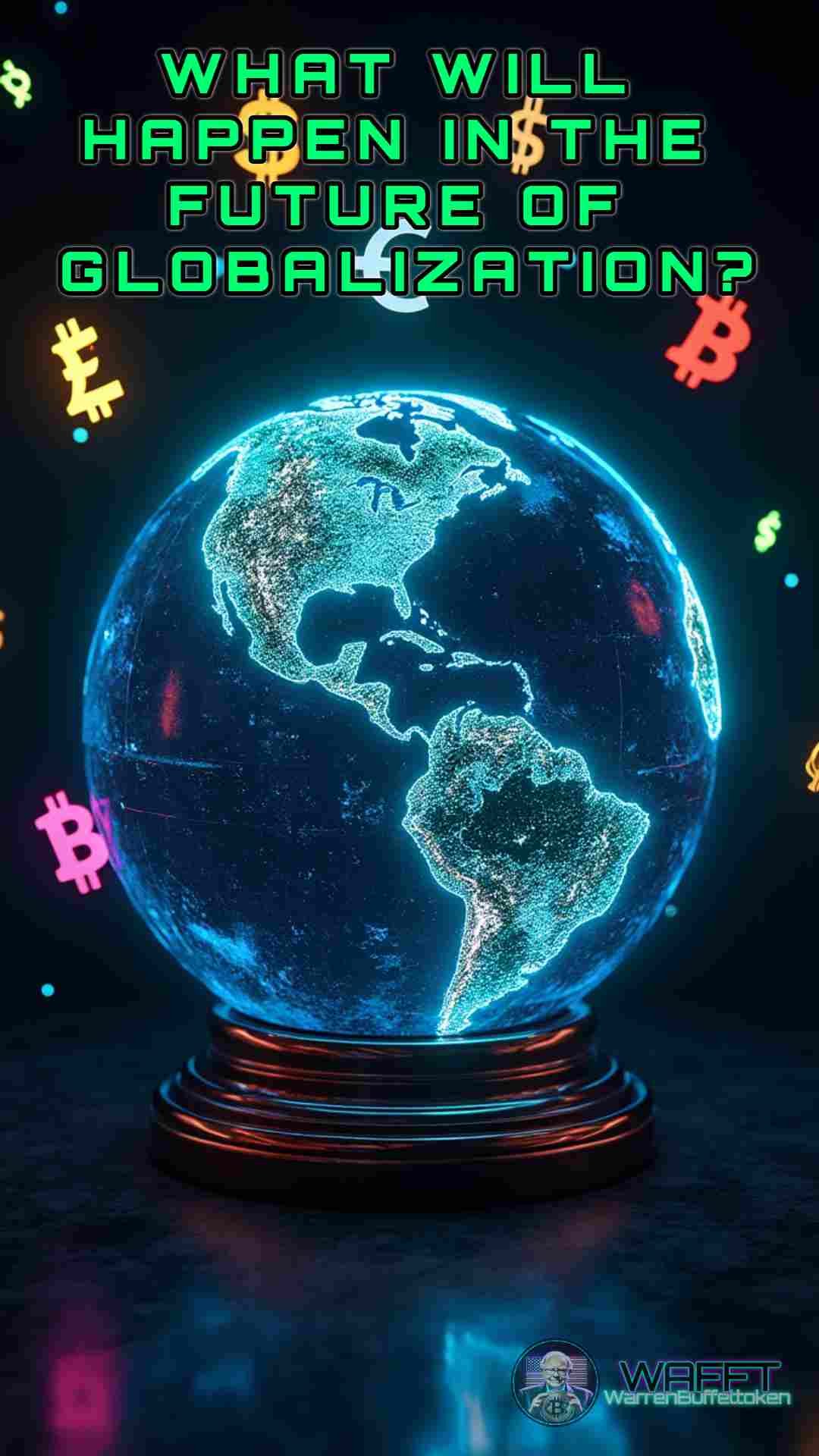
- Partial deglobalization 🧩: Some key sectors, such as technology, trade in essential goods, and energy, are adopting decoupling policies that could slow globalization in these aspects.
- BRICS Advancement and New Power Centers 🏦: With their focus on economic cooperation without depending on the dollar, the BRICS could promote a new economic order in which emerging countries play a central role, offering an alternative to Western-dominated systems.
- Emphasis on Sustainability and Local Production 🌱🏡: Sustainability policies and regional production could see globalization evolve into a system less dependent on long supply chains and more focused on regional and sustainable trade.
- Persistence of Digital Globalization 🌐: Although the digital sector faces fragmentation, it still allows unprecedented access to global information and opportunities. Digital platforms and remote work will continue to be a path of global connection, even in a divided world.
In Summary 🧭
The future of globalization will likely be a mix of integration and fragmentation. As countries seek to reduce their external dependence and protect their interests, we will see a globalization that emphasizes cooperation between regional alliances and safer, albeit limited, trade. However, technology and digital communication will continue to connect the world, even if trade and international relations face a period of readjustment.


